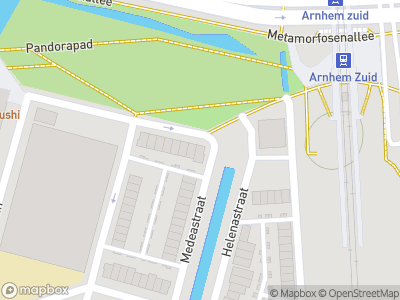Schuytgraaf, Arnhem
For a long time it was thought that the Betuwe area was much too marshy in prehistoric times to be inhabited. However, archaeological excavations have shown that the area between the great rivers was in fact heavily populated at that time. For example, Batavians lived here in Schuytgraaf. They traded with the Romans and provided soldiers and horses to the Roman army.
Batavians
When the Romans arrived, shortly before the start of the Common Era, they expected to find the area completely uninhabited. Instead, they discovered Batavians living here in traditional wattle and daub houses on the banks of tributaries of the major rivers. The Batavians became the Romans’ allies and in that sense, were not conquered. They were given a place to live in a special Batavi district, and this term still lives on in the area’s modern name of ‘Betuwe’. Over time, the Batavians adopted some elements of the Roman culture such as luxury goods. We refer to this as Romanisation. Nevertheless, they still retained a lot of their old customs.
Army
As special friends of the Romans the Batavians did not have to pay any tax. However, they did have to supply soldiers for the Roman army, particularly for the auxiliaries. The Batavians were some of the best horsemen of the time. They could swim across rivers with their horses while fully armed. Batavians were famous throughout the Roman Empire for their rugged appearance, strength and loyalty. This made them especially suitable as members of the Emperor’s personal bodyguard. In Rome, there are still numerous headstones honouring these Batavians.
Schuytgraaf
Settlements from various eras were found prior to the construction of Schuytgraaf. To the south of Schuytgraaf there were two graveyards dating from Roman times, containing more than 250 graves. Archaeologists also found maps of residential homes, ancillary buildings and dozens of wells. The many bones of young horses are evidence of large-scale horse breeding on behalf of the Roman army. Next to Arnhem-Zuid railway station, a prehistoric river dune has been reconstructed, which focuses particularly on the archaeology of Schuytgraaf.














